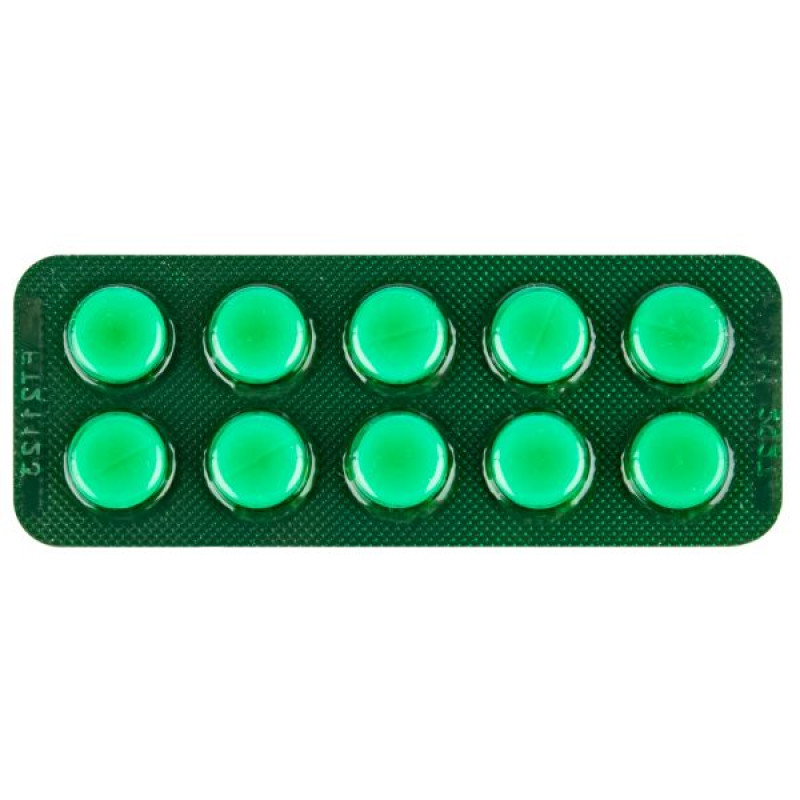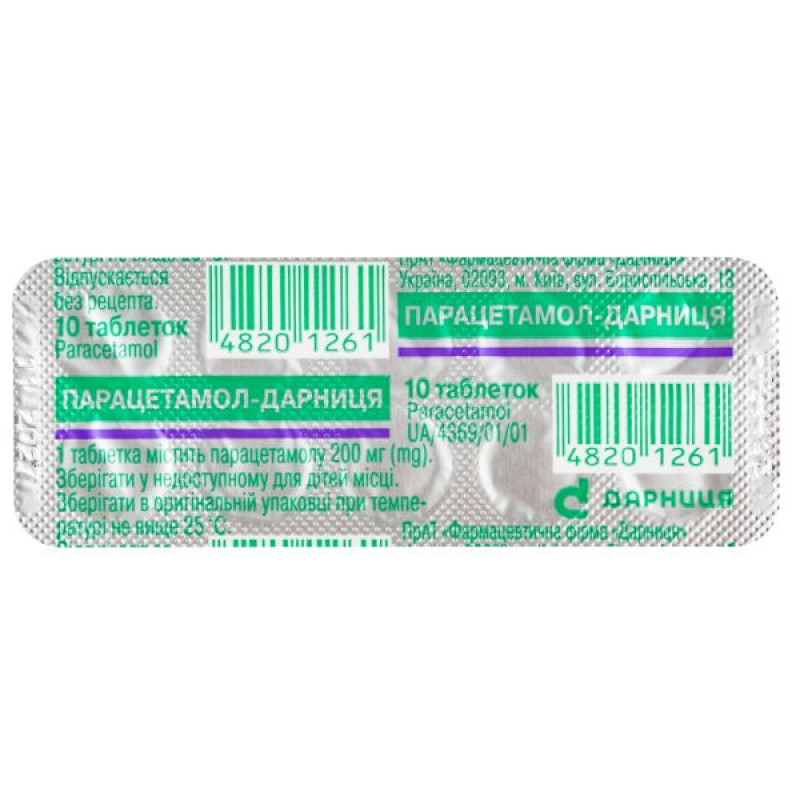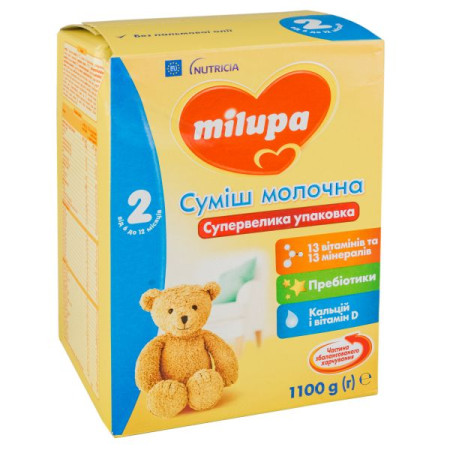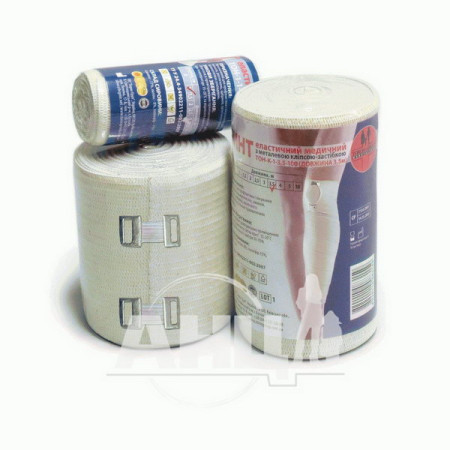Paracetamol-Darnitsa tablets 200 mg No. 10

Instructions for use Paracetamol-Darnitsa tablets 200 mg No. 10
Composition
active ingredient: paracetamol;
1 tablet contains: paracetamol 200 mg;
Excipients: pregelatinized starch, povidone, microcrystalline cellulose, croscarmellose sodium, calcium stearate.
Dosage form
Pills.
Main physicochemical properties: tablets of white or almost white color, flat-cylindrical shape, with a bevel and a score. A grayish tint is allowed.
Pharmacotherapeutic group
Analgesics and antipyretics. ATX code N02B E01.
Pharmacological properties
Pharmacodynamics
Non-narcotic analgesic. Non-selectively inhibits COX, affecting the centers of pain and thermoregulation. In inflamed tissues, cellular peroxidases neutralize the effect of paracetamol on COX, which explains the insignificant anti-inflammatory effect. There is no effect on the synthesis of prostaglandins in peripheral tissues, which means that paracetamol does not have a negative effect on water-salt metabolism (sodium and water retention) and the mucous membrane of the gastrointestinal tract. The possibility of the formation of methemoglobin and sulfhemoglobin is unlikely.
Pharmacokinetics
Absorption is high, almost 100%. In the systemic bloodstream, 15% of the absorbed drug binds to plasma proteins. The time to reach maximum concentration in the blood (TCmax) is 20-30 minutes. Therapeutically effective concentration of paracetamol in blood plasma is achieved when administered at a dose of 10-15 mg/kg. Penetrates through the blood-brain barrier and into breast milk. The amount of the drug in breast milk is less than 1% of the dose of paracetamol taken by the nursing mother.
Metabolized in the liver: 80% enters into conjugation reactions with glucuronic acid and sulfates with the formation of inactive metabolites. 17% of the drug undergoes hydroxylation with the formation of active metabolites, which conjugate with glutathione and form inactive metabolites. With a lack of glutathione, these metabolites can block the enzyme systems of hepatocytes and cause their necrosis. The half-life (T1/2) of paracetamol is 2-3 hours. In elderly patients, the clearance of the drug decreases and T1/2 increases. Excreted by the kidneys - 3% in unchanged form.
Indication
Pain syndrome of mild to moderate intensity of various genesis (headache, including migraine and tension headache, back pain, rheumatic pain, muscle pain, period pain in women, neuralgia, toothache). Relief of symptoms of colds and flu, such as fever, aches
Contraindication
Hypersensitivity to the components of the drug, severe liver and/or kidney dysfunction, congenital hyperbilirubinemia, glucose-6-phosphate dehydrogenase deficiency, alcoholism, blood diseases, Gilbert's syndrome, severe anemia, leukopenia.
Interaction with other medicinal products and other types of interactions
The rate of absorption of paracetamol may be increased when used simultaneously with metoclopramide and domperidone and decreased when used with cholestyramine.
The anticoagulant effect of warfarin and other coumarins may be enhanced by long-term regular use of paracetamol, with an increased risk of bleeding. Intermittent use has no significant effect.
Barbiturates reduce the antipyretic effect of paracetamol.
Anticonvulsants (including phenytoin, barbiturates, carbamazepine), which stimulate the activity of liver microsomal enzymes, may enhance the toxic effect of paracetamol on the liver due to an increase in the degree of conversion of the drug to hepatotoxic metabolites. With the simultaneous use of paracetamol with hepatotoxic drugs, the toxic effect of the drugs on the liver increases. The simultaneous use of large doses of paracetamol with isoniazid increases the risk of developing hepatotoxic syndrome.
Paracetamol reduces the effectiveness of diuretics.
Application features
It is necessary to consult a doctor regarding the possibility of using the drug in patients with impaired kidney and liver function.
It should be noted that patients with alcoholic liver disease are at increased risk of hepatotoxic effects of paracetamol.
The drug may affect the results of laboratory tests for blood glucose and uric acid.
Do not exceed the indicated doses.
Do not take the drug with other products containing paracetamol.
With prolonged use of paracetamol, it is necessary to monitor the peripheral blood picture and the functional state of the liver.
Do not drink alcoholic beverages during treatment with paracetamol.
If symptoms persist, you should consult a doctor.
Ability to influence reaction speed when driving vehicles or other mechanisms
Does not affect.
Use during pregnancy or breastfeeding
Pregnancy. The drug can be prescribed during these periods only if the expected benefit to the mother outweighs the potential risk to the fetus or child.
Breastfeeding: Paracetamol is excreted in breast milk, but in clinically insignificant amounts. Available published data do not indicate a contraindication to breastfeeding.
Method of administration and doses
For oral use. Take with plenty of liquid, 1-2 hours after meals (taking immediately after meals leads to a longer absorption time).
For adults and children over 12 years of age (body weight over 40 kg), a single dose is 400-1000 mg; the frequency of administration is up to 4 times a day if necessary. Do not take more than 4000 mg within 24 hours. For patients with impaired liver or kidney function, for elderly patients, the daily dose should be reduced and the interval between doses should be increased.
Children aged 3 years and older should be given 10-15 mg/kg (single dose). The dose can be repeated after 6 hours (up to 4 times a day) if necessary.
The maximum daily dose for children aged 3 to 6 years (up to 22 kg) is 1000 mg, from 6 to 9 years (up to 30 kg) is 1500 mg, from 9 to 12 years (up to 40 kg) is 2000 mg. The maximum duration of use for children without consulting a doctor is 3 days.
Do not exceed the recommended dose.
Do not take with other medicines containing paracetamol.
Children
It is not recommended to use this dosage form for children under 3 years of age.
Overdose
Liver damage is possible in adults who have taken 10 g or more of paracetamol, and in children who have taken more than 150 mg/kg of body weight. In patients with risk factors (long-term treatment with carbamazepine, phenobarbitone, phenytoin, primidone, rifampicin, St. John's wort or other drugs that induce liver enzymes; regular intake of excessive amounts of ethanol; glutathione cachexia (digestive disorders, cystic fibrosis, HIV infection, starvation, cachexia) taking 5 g or more of paracetamol can lead to liver damage.
Symptoms of overdose in the first 24 hours: pallor, nausea, vomiting, anorexia and abdominal pain. Liver damage may become apparent 12-48 hours after overdose. Glucose metabolism disorders and metabolic acidosis may occur. In severe poisoning, liver failure may progress to encephalopathy, hemorrhage, hypoglycemia, coma and be fatal. Acute renal failure with acute tubular necrosis may present with severe lumbar pain, hematuria, proteinuria and may develop even in the absence of severe liver damage. Cardiac arrhythmia and pancreatitis have also been reported.
With prolonged use of the drug in high doses, aplastic anemia, pancytopenia, agranulocytosis, neutropenia, leukopenia, thrombocytopenia may develop from the hematopoietic system. When taking large doses, dizziness, psychomotor agitation and disorientation may occur from the CNS; nephrotoxicity (renal colic, interstitial nephritis, capillary necrosis) may occur from the urinary system.
Treatment: In case of overdose, immediate medical attention is required. The patient should be taken to hospital immediately, even if there are no early symptoms of overdose. Symptoms may be limited to nausea and vomiting, or may not reflect the severity of the overdose or the risk of organ damage. Treatment with activated charcoal should be considered if an overdose of paracetamol has been taken within 1 hour. The concentration of paracetamol in the blood plasma should be measured 4 hours or later after ingestion (earlier concentrations are unreliable).
Treatment with N-acetylcysteine can be given up to 24 hours after ingestion of paracetamol, but maximum protection is obtained when given within 8 hours of ingestion. The effectiveness of the antidote decreases sharply after this time. If necessary, the patient should be given N-acetylcysteine intravenously according to the established dose schedule. In the absence of vomiting, oral methionine may be used as a suitable alternative in remote areas outside the hospital.
Adverse reactions
In case of adverse reactions, discontinue use of the drug and consult a doctor immediately.
Side effects of paracetamol occur:
from the immune system: anaphylaxis, hypersensitivity reactions, including skin itching, rash on the skin and mucous membranes (usually generalized rash, erythematous rash, urticaria), angioedema, erythema multiforme exudative (including Stevens-Johnson syndrome), toxic epidermal necrolysis (Lyell's syndrome);
from the digestive system: nausea, epigastric pain;
from the endocrine system: hypoglycemia, up to hypoglycemic coma;
from the blood and lymphatic system: thrombocytopenia, agranulocytosis, anemia, sulfhemoglobinemia and methemoglobinemia (cyanosis, shortness of breath, heart pain), hemolytic anemia, bruising or bleeding;
Respiratory system: bronchospasm in patients sensitive to aspirin and other NSAIDs;
On the part of the hepatobiliary system: impaired liver function, increased activity of liver enzymes, usually without the development of jaundice.
Expiration date
4 years.
Storage conditions
Store in the original packaging at a temperature not exceeding 25 °C.
Keep out of reach of children.
Packaging
10 tablets in a contour blister pack.
Vacation category
Without a prescription.
Producer
PrJSC "Pharmaceutical Company "Darnitsa".
Location of the manufacturer and its business address
Ukraine, 02093, Kyiv, Boryspilska St., 13.
There are no reviews for this product.
There are no reviews for this product, be the first to leave your review.
No questions about this product, be the first and ask your question.
















